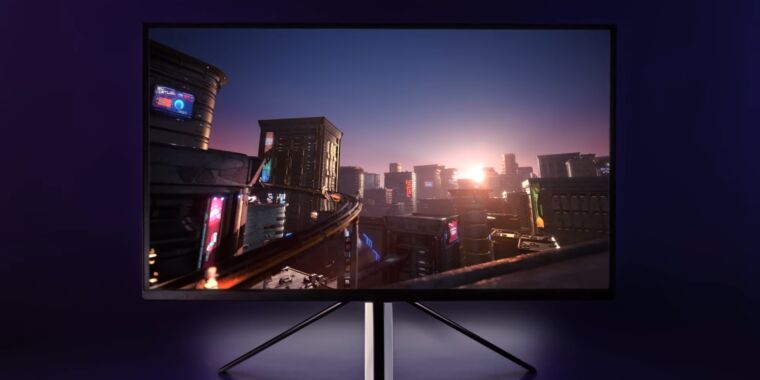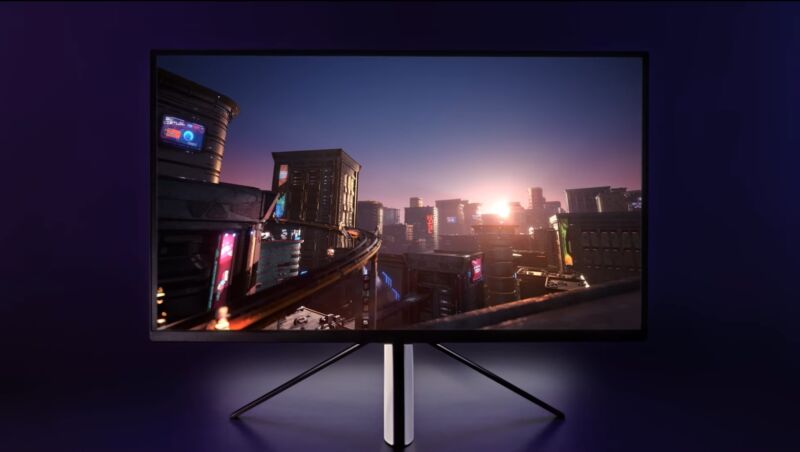
Known for everything from TVs to cameras and smartphones, Sony is getting into gaming peripherals, it announced Tuesday. Sony’s new InZone brand will include a pair of monitors, plus wireless and wired headsets aimed at PC and, naturally, PlayStation gamers.
Sony’s first consumer monitors in ages
Sony isn’t likely a name you think of when going PC monitor shopping. It hasn’t made consumer monitors since the early 2000s, though it has continued to sell expensive, chunky professional monitors for broadcast and production. That changes with the flagship Sony inZone M9 and its sibling, the InZone M3.
The M9, never to be confused with the Samsung M8 4K smart monitor announced in March, is a 27-inch 4K HDR monitor with a 144 Hz refresh rate. Its most interesting feature, however, is its LED backlight with full-array local dimming (FALD), which—along with VESA DisplayHDR 600 certification and 95 percent claimed DCI-P3 coverage—is particularly appealing for HDR users.
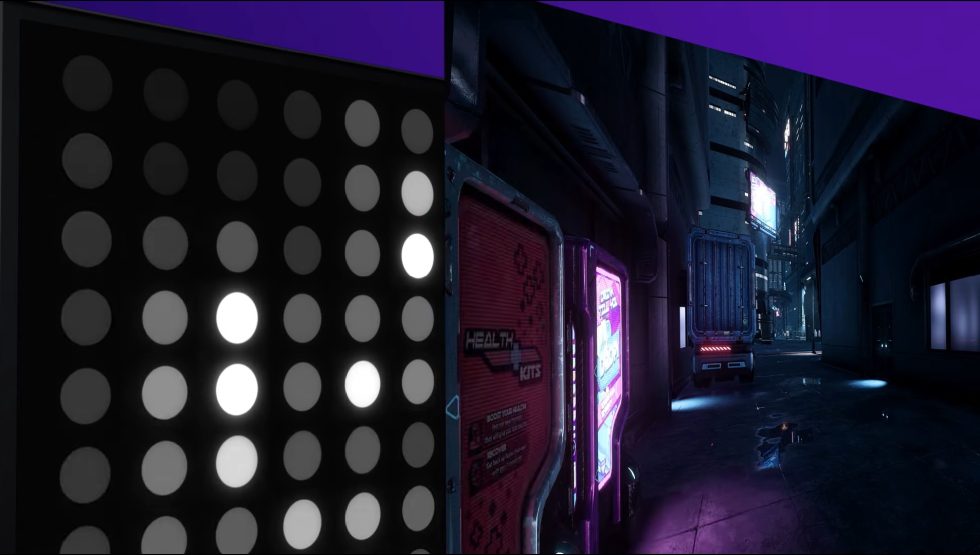
In its video announcement, Sony said it decided to use a FALD backlight to make the IPS panel’s contrast more comparable to a VA monitor without sacrificing the lower response times IPS can achieve. The M9 claims a 1ms gray-to-gray (GtG) response time.
Sony didn’t specify how many dimming zones the monitor has, which is a significant factor in how effective the feature is. However, early reviews from CNET, Forbes, and Tom’s Hardware, point to 96 dimming zones. Considering you can find monitors with more than 1,000 FALD zones, there are obviously more advanced local dimming monitors available than the InZone M9.
Sony claimed the display has an 80,000:1 dynamic contrast ratio. It didn’t share static contrast ratio numbers, so we’d love to see dynamic contrast in action to see if it’s effective.
For console gamers, Sony’s M9 supports Auto HDR Tone Mapping which, in a press release, Sony said works with the PlayStation 5 “to automatically recognize the monitor during initial setup and [optimize] HDR settings.”
“Additionally, the monitor will automatically switch to Cinema Mode when watching movies on PlayStation 5 and Game Mode when playing games,” Sony’s announcement said.
Samsung recently started selling a 4K, 240 Hz monitor, but the M9’s speed specs should be sufficient for most gamers. There’s also G-Sync Compatibility to fight screen tears when your GPU’s frame rate doesn’t match the monitor’s refresh rate and variable refresh rate for the PS5 via HDMI 2.1.
The M9 was announced alongside the M3. It’s a 27-inch 1920×1080 display with a 240 Hz refresh rate for those who prioritize speed over sharp image quality but don’t need the fastest refresh rate natively found in gaming monitors today, 360 Hz.
The M3 has lesser VESA DisplayHDR certification that promises a minimum brightness of 400 nits with HDR and a smaller color claim of 99 percent sRGB.
Although both screens are for gamers, they can also be home office hacks. Since they’re KVM monitors, you can use them to control two PCs with the same keyboard, mouse, and headset, Sony said.
Sony said the M9 would be available this summer for $900, and the M3 will be $530 “within 2022”.
A trio of headsets
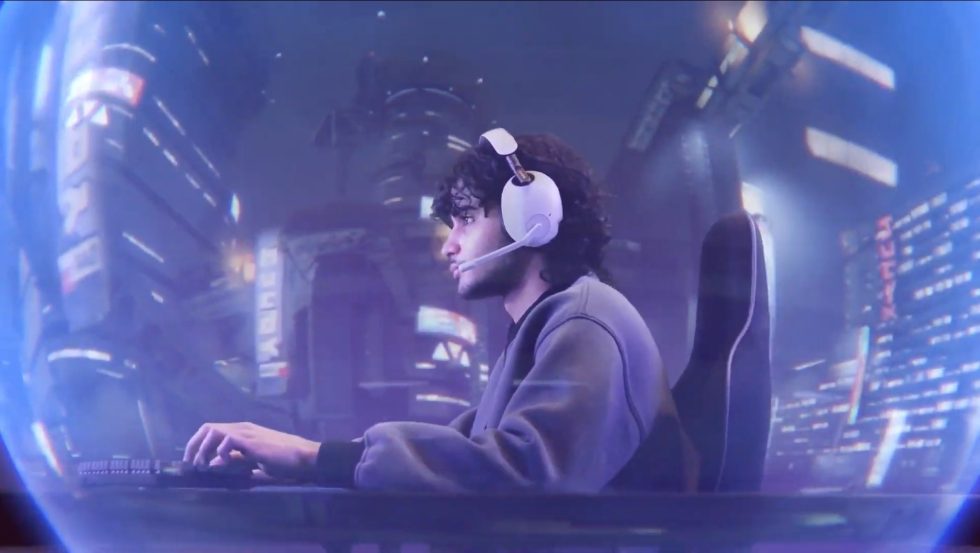
Sony’s newfound gaming efforts also include a trio of headsets that are already available in the US. They’re the Sony InZone H9, H7, and H3 and, of course, shouldn’t be confused with Asus’ TUF Gaming series of gaming headsets, like the H1 Wireless or the H3.
The wireless Sony InZone H9 gaming headset (40mm neodymium drivers, 5-20,000 Hz frequency range) has a 32-hour battery life claim, while the InZone H7 (40mm neodymium drivers, 5-20,000 Hz frequency range) claims 40 hours before needing a charge.
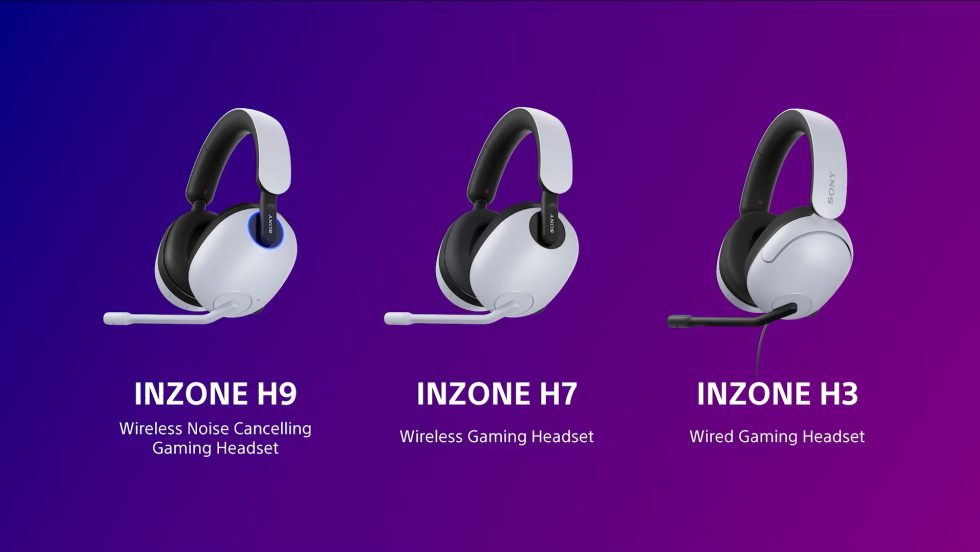
The more affordable Sony InZone H3 (40mm neodymium drivers, 10-20,000 Hz frequency range), meanwhile, is wired.
All three headsets support 360-degree spatial sound, which you customize by using an app to take a photo of your ear. Note that you’ll need a PC with a USB-A port and Windows 10 or later to use the feature.
For PS5 gamers, the feeling of spatial audio will have to be attempted through the console’s Tempest 3D AudioTech.
Sony is selling the InZone H9 for $300, the H7 for $230, and the H3 for $100.
Ars Technica may earn compensation for sales from links on this post through affiliate programs.

